
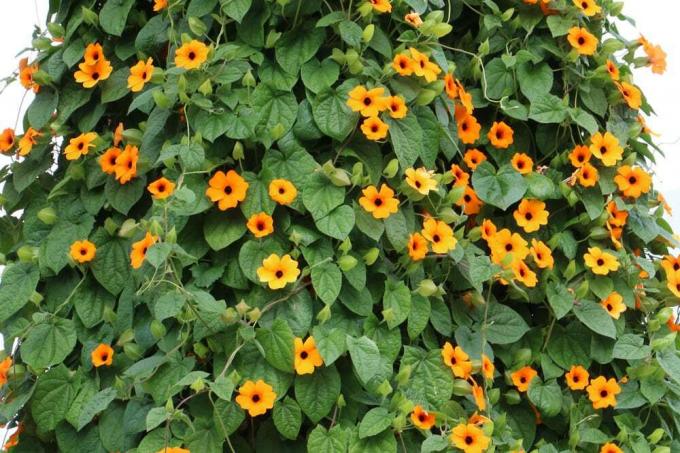
Table of contents
- Fast climbers for shady places
- Colorful and fragrant sun lovers
- Delicious tasting extras
- Unusual exotics from far away
- Collect seeds for the next generation
you are green They are colourful. Some are edible. Above all, they grow extremely fast. Throw a few seeds in the ground, water and trust the sun. In no time a curtain of plants rises up into the blue sky. Annual climbing plants require little patience and little skill. Anyone can do this. You are spoiled for choice.
Fast climbers for shady places
Sometimes growth has to be particularly fast. And sometimes only a desolate shady spot is available. No problem, there are also suitable climbing plants for this.
bell vine (Cobaea scandens)
If you have a shady spot to give, the bluebell might be the right climber for you. Although it likes the sun, experience has shown that it also thrives well in the shade.
- Growth height: up to 8 m
- leaves: many, cordate
- Flower: bell-shaped, white, yellow, pink, violet or lilac
- Scent: honey-sweet
- Flowering time: July until the first frost
- Planting time: preculture at the beginning of February, plant out from mid-May
- Location: full sun, sheltered from the wind, pot and open land
- Soil: humic soil
- Care: fertilize and water regularly
A notice:
It is also widely known as clawed morning glory and bell morning glory.
pipe flower (Aristolochia)

Desired jungle feeling? The Dutchman's pheasant forms a dense canopy with the overlapping leaves and also has huge flowers. Since she is also satisfied with little light, she is allowed to live in the shade.
- Growth height: up to 6 m
- Leaves: numerous, light green, cordate
- Flowers: red-brown, somewhat bizarre funnel shape, very large (depending on the variety)
- Fragrance: from rather unpleasant to pleasantly fragrant (depending on the variety)
- Flowering time: June to autumn
- Planting time: Sowing possible all year round indoors
- Location: partial shade
- Soil: humus rich substrate
- Care: spray regularly, water with rainwater
A notice:
The pipe flower is poisonous. Always work with gloves. It is better to avoid this plant if there are small children in the house.
Japanese hop (Humulus japonicus)
Hand-sized leaves are lined up closely together. The Japanese hop thus has the densest foliage among the climbing plants.
- Growth height: up to 4 m
- Leaves: green, shape resembles grape leaves, 10-15 cm
- Flower: small and simple
- Flowering time: summer
- Planting time: from April
- Location: shady and dry, but moist in the bucket
- Soil: normal garden soil
- Care: plenty of water and fertilizer
- Special feature: decorative hop cones
Tip:
If you want to green large areas with it, plant several plants at once. A distance of 60 cm is optimal.
morning glory (Ipomoea indica)
It bears the first flowers as early as spring. They bloom early in the morning only to fade later that same day. But don't worry, the blooming pleasure continues, new flowers are constantly arriving.
- Growth height: 3 m and more
- Leaves: decorative, green, medium-sized
- Flower: funnel-shaped, mostly blue
- Flowering period: July to October
- Planting time: Spring Light protection against the cold required
- Location: Sun, but also shade, suitable for tub culture
- Soil: calcareous, permeable, rather lean
- Care: fertilize moderately
Colorful and fragrant sun lovers
Why not choose the prettiest climbing plant right away if you have the right spot in the sun? But which climbing plant to use when one is more beautiful than the other?
Black-eyed Susanne (Thunbergia alata)

Why is the most famous and popular climbing plant called black-eyed Susanne?
Because in the middle of the flower, a large black dot contrasts with the color of the flower. Like the iris in the human eye.
- Height of growth: grows up to 20 cm a week
- Leaves: medium green, gently serrated
- Flower: white and yellow-red shades
- Flowering time: until autumn
- Planting time: preculture from March
- Location: warm, sheltered from the wind, full sun
- Soil: loose substrate
- Care: fertilize every two weeks
Tip:
Black-eyed Susanne develops strong roots. Give her a large pot or a spot outside from the start.
sweet peas (Lathyrus)
The Mediterranean classics do not grow as tall as other climbing plants, but at around 1.50 m they are ideal for garden fences. The sweet peas are also a beautiful eye-catcher in balcony boxes and tubs.
- Growth height: up to 1.5 m
- leaves: pinnate, up to 6 cm long
- Flower: numerous butterfly flowers
- Scent: intensely scented
- Flowering time: midsummer
- Planting time: from April on the spot outdoors or in a container
- Location: sunny, sheltered
- Soil: rich in nutrients, with a high pH value.
- Care: fertilize vigorously, clean out faded flowers
Tip:
All shades from white to purple can be easily combined with each other.
rose cup (Rhodochiton atrosanguineus)
If you love the color red, you can bring one of the most beautiful shades of red into your garden with the rose cup. Rose coat, rose dress or purple bell wine are other names for this delicate plant.
- Growth height: up to 2 m
- Leaves: about 7 cm long, heart-shaped
- Flower: tubular, scarlet, long-lived
- Flowering period: July to August
- Planting time: preculture in spring,
- Location: sunny, warm
- Soil: no special requirements
- Care: Water and fertilize abundantly in summer
A notice:
Rose calyx needs light to germinate, the seeds must not be covered with soil or only slightly.
Climbing snapdragon (Asarina scandens)
The snapdragon is not just a small garden plant. With the climbing variant, high fences can be greened easily. The variety of colors is equally impressive.
- Growth height: approx. 1.80 m
- Leaves: heart-shaped, approx. 5 cm tall
- flower: various Colors, tubular, up to 5 cm in size, hairy
- Flowering period: May to October
- Planting time: February to April preculture
- Location: sunny, sheltered from the wind
- Soil: normal garden soil
- Care: water and fertilize regularly
A notice:
Climbing snapdragon growing in tubs can be overwintered indoors.
Mandevilla (Dipladenia)
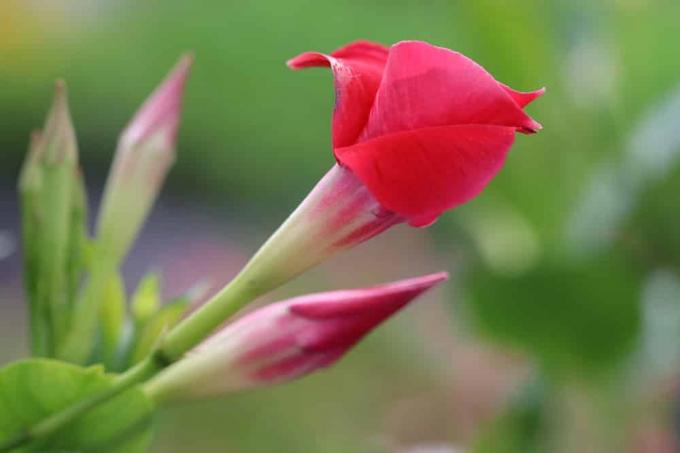
Not all, but some varieties are good climbers. The flower is reminiscent of oleander.
- Growth height: up to 5 m, also possible as a hanging plant
- leaves: shiny, oval
- Flower: 5-10 cm, funnel-shaped, white, pink or red
- Flowering period: May to October
- Planting time: preculture, from June outdoors
- Location: sunny, warm, sheltered from rain, best in pots
- Soil: humus and loose
- Care: keep moist without waterlogging, fertilize a lot
A notice:
When you hear Chilean jasmine, Diamanta, Sundaville or Tropidenia, you also mean this beautiful climber.
morning glory (Ipomena)

The morning glory has more than 650 species to offer. With the right care, it tirelessly develops new flowers well into autumn. It can thrive “almost” anywhere that there is a free spot in the sun, in the garden between other plants or as a solitary plant in a bucket.
- Growth height: 3 m and more
- Leaves: heart-shaped to oblong, green, medium-sized
- Flower: funnel-shaped, up to 12 cm in diameter, pink, violet and a.
- Flowering period: June to October
- Planting time: Slowly harden off from May
- Location: Sun, also suitable for tubs
- Soil: garden soil with compost
- Care: fertilize monthly with mineral fertilizer
- Special feature: toxic, protective measures required
Tip:
Morning glory like to share a climbing frame with clematis or roses, so you can achieve more fullness. Especially as long as the other plants are still young and therefore have little volume.
Delicious tasting extras
Sometimes the beautiful can be combined with the useful, as with the following climbing plants. Not only do they produce plentiful green leaves and colorful flowers, their fruits are also a treat.
Hokkaido pumpkin (Cucurbita maxima)

It can crawl on the ground, but will also quickly grow tall when given a rank opportunity. Once underway, its large green leaves quickly form a stately wall. In autumn, its fruits enrich the menu.
- Height of growth: depending on the variety, 3-10 m, multi-branched tendrils
- Leaves: large, deep green
- Flowers: large golden yellow flowers, edible
- Flowering time: from June to November, constantly new flowers
- Planting time: around the end of April in pots
- Location: sunny to semi-shady, outdoors or in large containers
- Soil: soil richly fertilized with compost, since it is a heavy feeder
- Care: above all, water abundantly
The development of the squash fruits is announced by large, orange flowers. Hokkaido pumpkins can also be grown in pots and are therefore also suitable for the balcony.
A notice:
All pumpkin varieties are good climbers. If you decide to buy ornamental gourds, you should know that most varieties are not suitable for consumption.
Nasturtium (Tropaeolum majus)
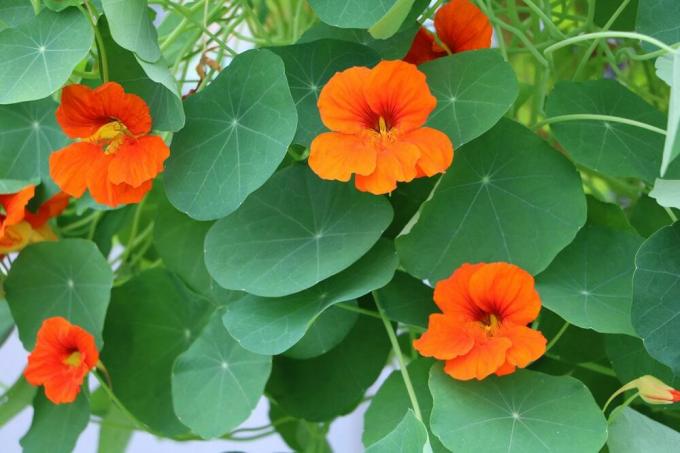
It can be eaten and is healthy, both the leaves and the flowers. If you add a few to the salad there will still be plenty left over to climb the planting site.
- Growth height: up to 3 meters
- Leaves: 3-10 cm in diameter, light green, almost round and somewhat angular,
- Flower: five sepals, variations in yellow, orange or red,
- Fragrance: only released when cut, intensely spicy
- Flowering period: from early May to early October
- Planting time: from the end of May outdoors, from March on the windowsill
- Location: sun, semi-shade, outdoors and in containers
- Soil: rich in nutrients and slightly moist
- Care: watering when dry, no fertilizer necessary
Most impressive for the viewer is the color contrast: light green leaves combined with orange flowers.
Did you know,
that the green leaves of the nasturtium cannot get wet? The drops of water just roll off it. looks funny
fire bean (Phaseolus coccineus L.)
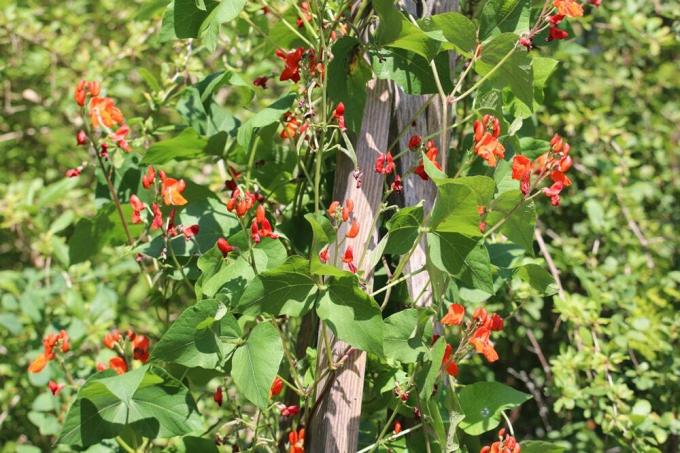
It climbs on corn stalks in the garden or in tubs on the balcony. Because of the plentiful flowers, it looks like a pure flower plant at first. The delicious bean pods only gradually develop.
- Growth height: 2-3.5 m
- Leaves: 3 ovate, acuminate leaves per stem
- Flowers: 6-10 butterfly flowers arranged in racemes, red, sometimes white
- Flowering period: June to September
- Planting time: direct sowing from the beginning to mid-May, pre-planting possible from March
- Location: sunny, sheltered from the wind, tolerates partial shade, for outdoors and deep tubs
- Soil: loose, permeable and moist
- Care: water a lot without waterlogging, fertilize with compost
- Special feature: raw beans are poisonous and may only be eaten when heated.
It also has other names in everyday use: flower bean, beetle bean, runner bean, make-up bean or Turkish bean
Tip:
If you just want to be content with the beautiful flowers, simply clean the energy-sapping fruits regularly.
Unusual exotics from far away
For everyone who has a lot of space or likes to take unfamiliar paths, the climbing plant family offers a few unusual specimens. Here two examples:
exploding cucumber (Cyclanthera brachystachya)
The South American exploding cucumber winds itself up nimbly on cords or wires. Their flowers are not very conspicuous, but the small cucumbers are all the more so. And at some point they suddenly explode. They hurl the seed meters away.
- Growth height: up to 5 m
- Leaves: yellow-green, medium-sized, mostly five-lobed
- Flower: small, inconspicuous
- Flowering time: summer, continuously
- Planting time: from May outdoors or in containers
- Location: warm and sunny
- Soil: rich in nutrients, otherwise undemanding
- Care: Water plentifully on dry days
- Special feature: Cucumber fruits, 5 cm long, curved and prickly
Tip:
The small cucumbers are eaten with pleasure in Brazil. Maybe they also meet your taste!?
pearl plant(Dalechampia spathulata 'Mathea')
The main attraction of this exotic climber is the two leaves surrounding each individual flower. They are bright pink.
- Growth height: up to 5 m
- Leaves: most are green and medium-sized
- Flower: inconspicuous and short-lived, pink leaves are a visual "flower replacement"
- Flowering time: summer
- Planting time: in pots from May
- Location: sunny and warm, but also tolerates cooler temperatures
- Soil: no special requirements
- Care: water moderately, fertilize regularly
- Synonym: flamingo flower
From a distance, this creeper and liana appears as if many pink butterflies have settled.
Collect seeds for the next generation
Sit back and enjoy your climbing annuals. But in the fall, don't forget to think about the next generation. The splendor is over with the first frosts. If you harvest the ripe seeds in time, you will have new climbing plants ready for next spring – free of charge.
A notice:
If your climbing plants were grown from hybrid seeds, the seeds formed will be unsuitable for propagation.
 garden editorial
garden editorial I write about everything that interests me in my garden.
Learn more about annual plants

Datura in the garden: 6 information on reporting requirements and toxicity
Beautiful but very dangerous. We are talking about datura (datura), an annual and above all poisonous perennial with high potential for reproduction. The strikingly prickly, globular and walnut-sized fruits are eponymous. The flowers are very similar to those of the trumpet tree, which is also poisonous.

Annual and biennial herbs - 10 popular varieties
The right ingredient for the main course is still missing? The salad needs to be rounded off or refined? How practical if you can get the right herbs from your own garden! But when cultivating, the question often arises: Which varieties can be grown as annuals or perennials - and which ones taste best?

Annual plants: 10 beautiful perennials for the garden
Annual plants germinate, flower, and set seed, all within one growing season. Then they die off again, so that they are usually not frost hardy. However, the hardy seeds survive the cold season, so that annual plants sow themselves and come back the next year.

Annual summer flowers: comprehensive list sorted by colour
Annual summer flowers beautify every garden with their colorful blossoms. The development of these plants is limited to the growing season, they germinate and die in a year or during a season. Many of the annual summer flowers come from the tropics, so their seeds are very sensitive to cold.
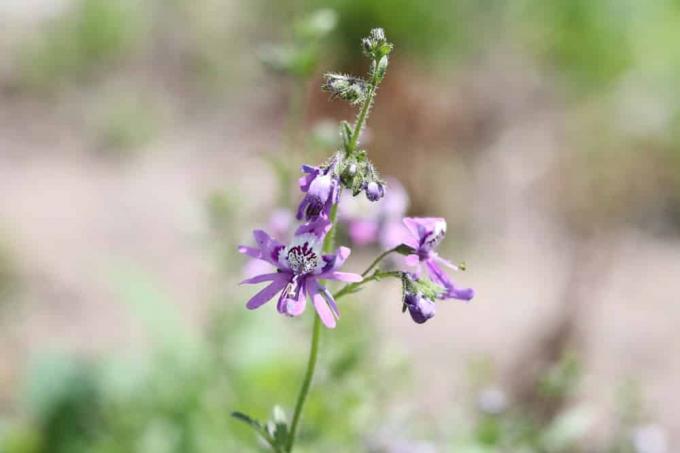
Caring for and overwintering farmer's orchid - schizanthus / split flower
Peasant orchid, split flower or schizanthus - as the orchid of the little man is also called, the nightshade plant enchants with its abundance of flowers and variety of colors. However, it can only do this if it is properly cared for and overwintered. Here we tell those who are interested what is important.
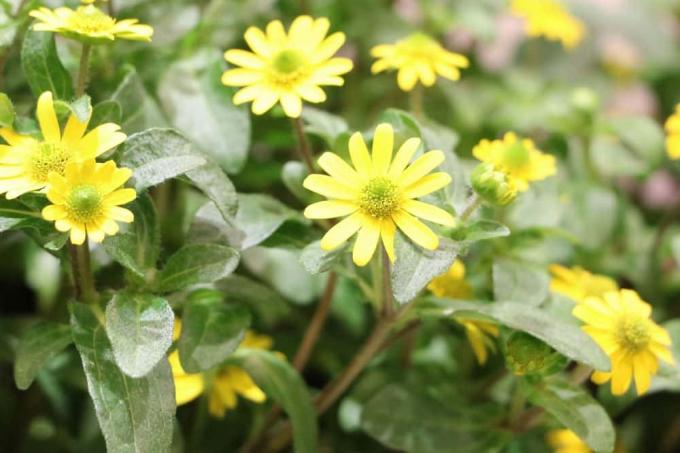
Hussar's Head, Sanvitalia – Care of Hussar's Head
The likeable hussar's head Sanvitalis procumbens blooms very persistently throughout the summer until the first frost. The garden, balcony and container plant is very easy to care for and constantly forms new buds. The blooms include all shades of yellow to orange flowers.
